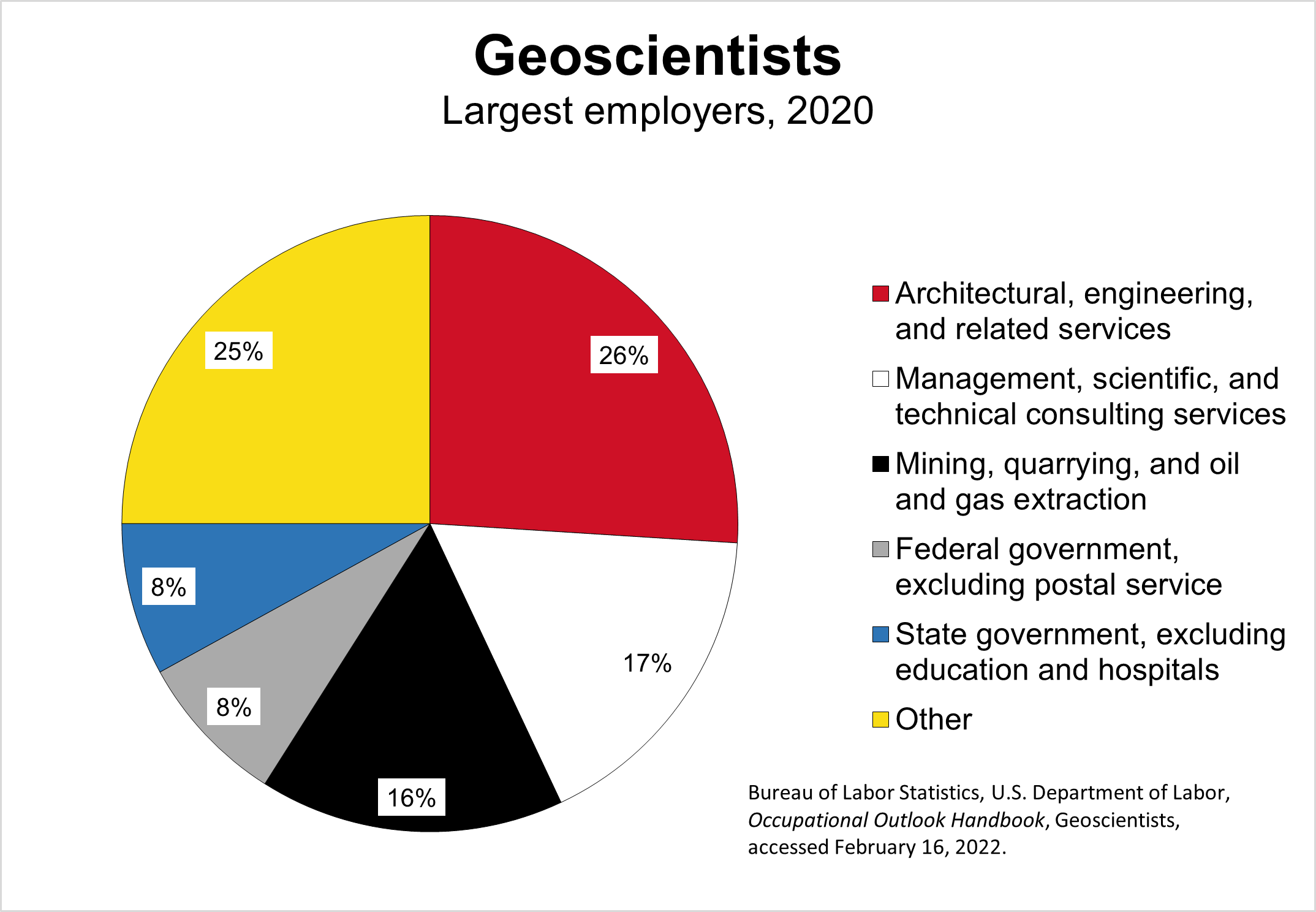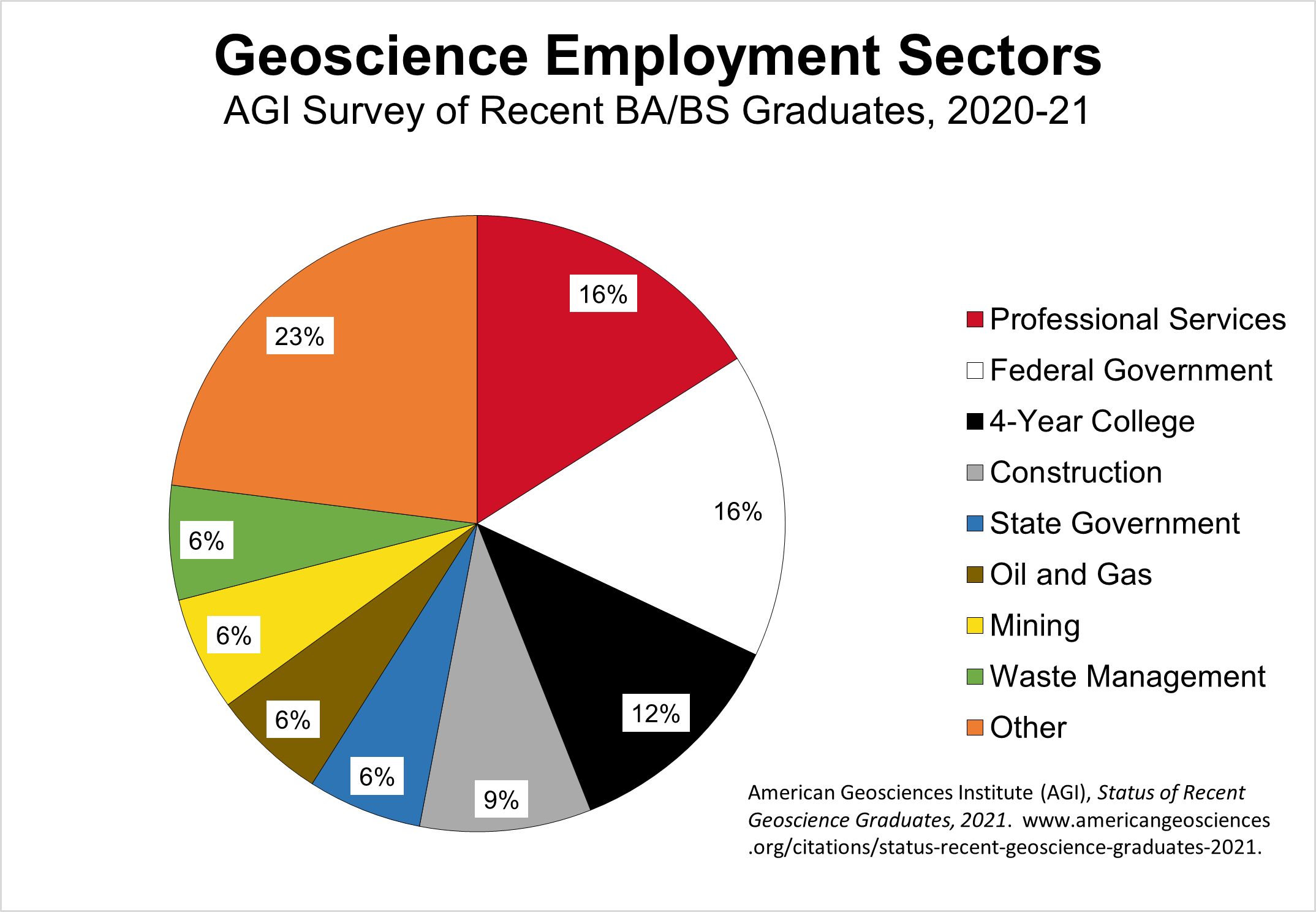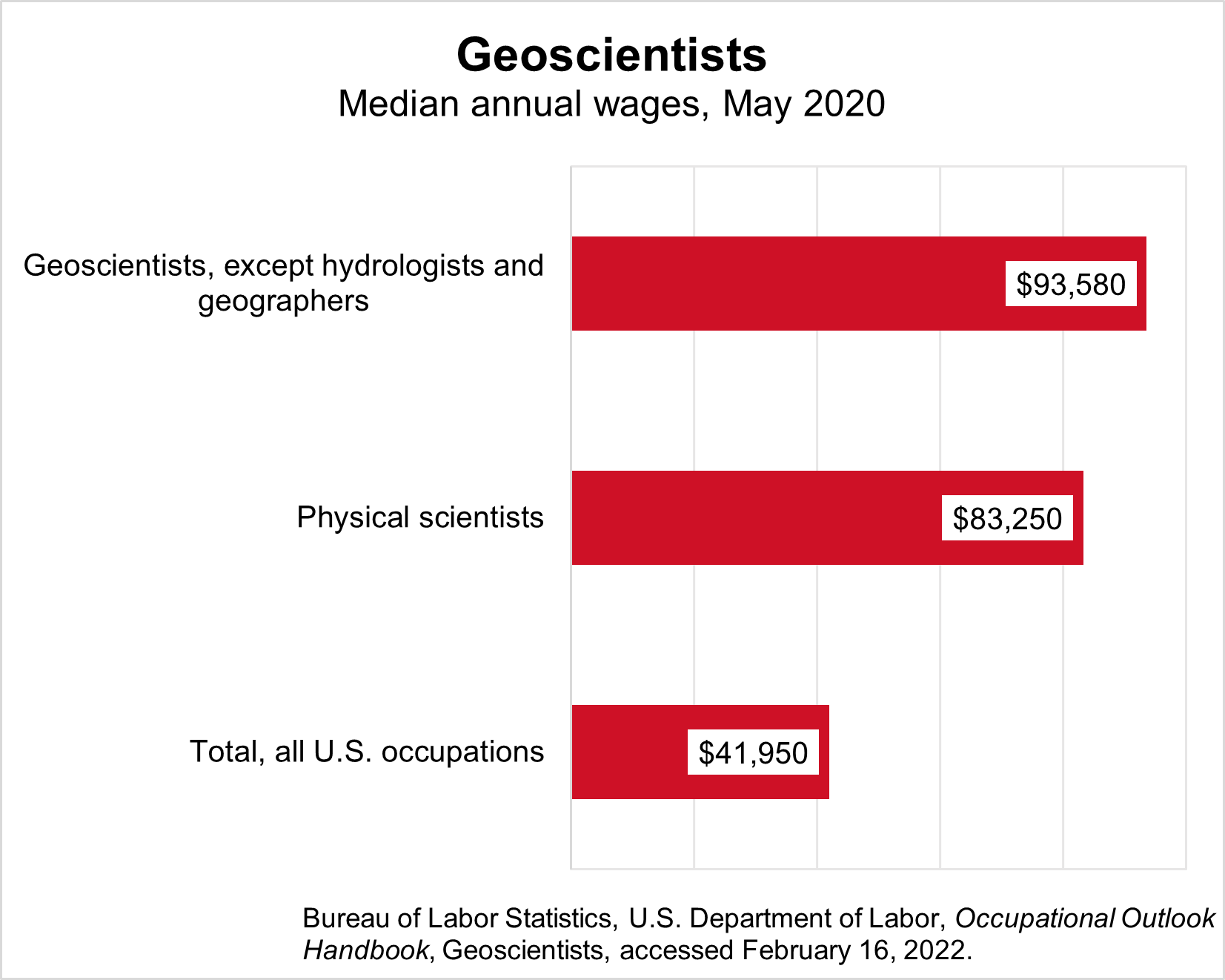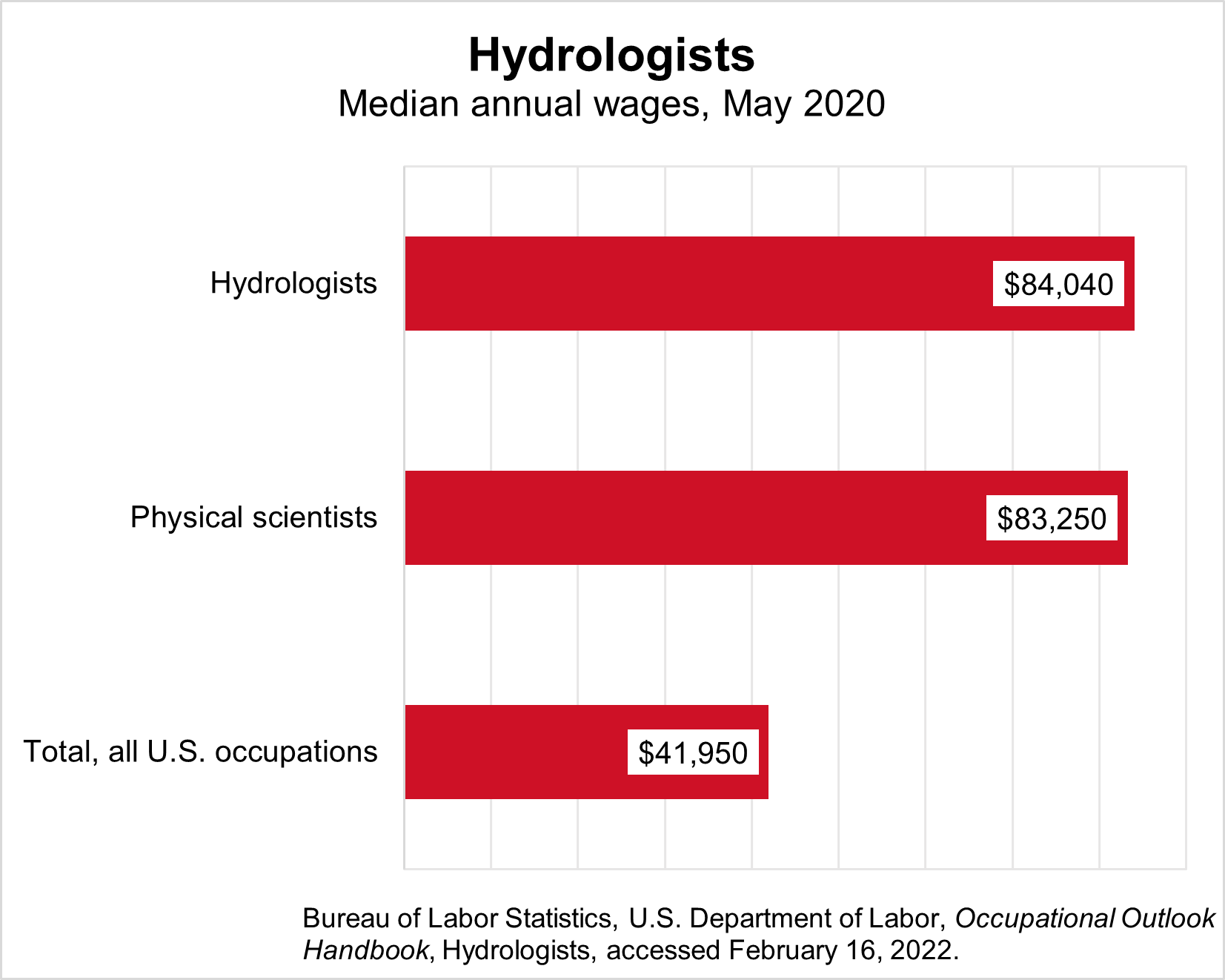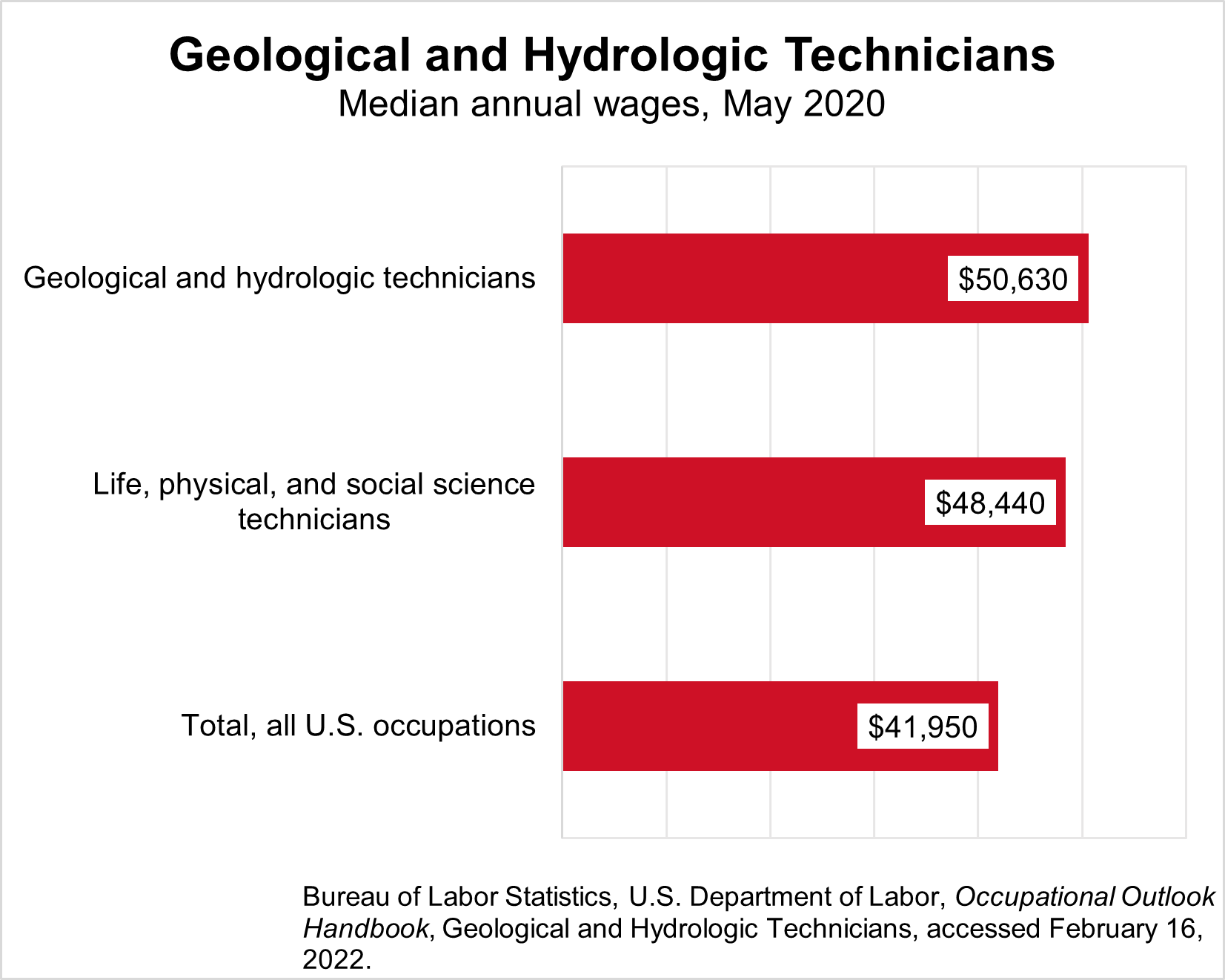Careers in Geology
What can you do with a geography degree from Illinois State University? Just about anything.
Geologists are people who study the Earth. On a daily basis, you and the rest of human society interact with the Earth in obvious and not so obvious ways. These interactions range from the materials that make up your car or home, the food that you eat, the water you drink, and even the air you breathe. Geologists are employed in each one of these interactions.
Geology students become
- Petroleum geologists
- Engineering geologists
- Hydrologists
- Earth science teachers
- Planetary scientists
- Soil scientists
- Paleontologists
- Seismologists
Where geologists work
What geologists make
For more information on the outlook for geologists and related occupations, visit the U.S. Bureau of Labor Statistics Occupational Outlook Handbook.
Learn more about Careers in Geology from the American Association of Geographers.
